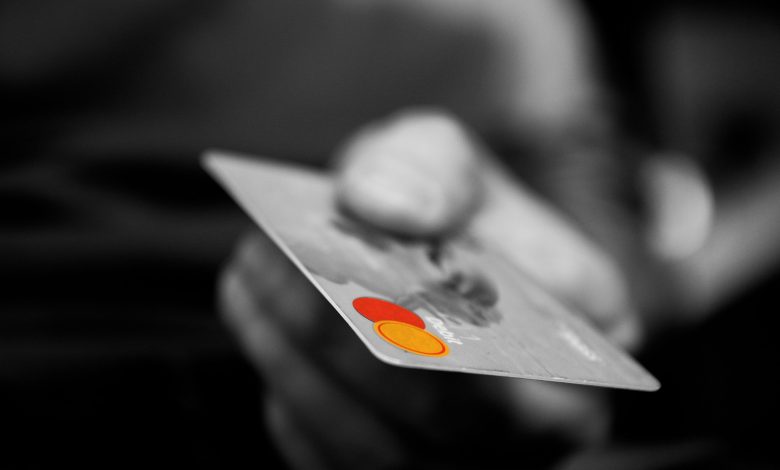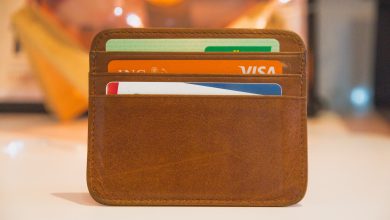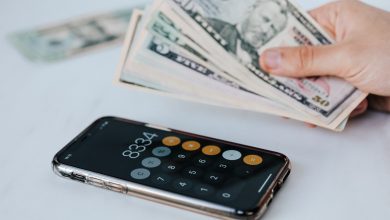What Is a Cash Advance? How Do They Work?

If you own a credit card, you have likely seen an offer for a cash advance from the card company. The offer will let you know that you can receive immediate access to cash to use for whatever you want. Whatever the reason may be, a cash advance could seem to be an enticing offer if you need quick cash. But cash advances are best avoided entirely and should only be used in cases of emergency.
How Does a Cash Advance Work?
A cash advance allows you to use your credit card to receive access to immediate cash. The amount you can take out will depend on your credit limit. Many times, the transaction takes place at an ATM. To access your cash advance from an ATM, you must have a pin set up with your credit card.
You can also access your cash advance directly from a bank. Make sure to have your credit card with you, along with a photo ID, and a teller should be able to assist you.
Credit card companies will also mail you cash advance convenience checks that can be used to deposit in your bank account or convert to cash. Each company has a set of rules for how their cash advances work. Take a look at your latest credit card statement for the details.

Read Your Card Member Agreement
The credit card agreement should explain the following:
- If cash advances are allowed
- The methods you can use to take your cash advance
- The cash advance annual percentage rate
- Any fees associated with the advance
- How interest will accrue
For example, on Chase’s cardmember agreement, it states, “We will begin charging interest on balance transfers, cash advances, and overdraft advances on the transaction date.”
Chase also has a section on their agreement called “Important Definitions.” Here they spell out what transactions they would consider a cash advance.
“The following transactions will be treated as cash advances: purchasing traveler’s checks, foreign currency, money orders, wire transfers or similar cash-like transactions; purchasing lottery tickets, casino gaming chips, race track wagers or similar betting transactions; and making a payment using a third party service.”
It is vitally important to understand what is defined as a cash advance by your credit card company. You may have no intention at all of taking a cash advance and having to pay the upfront fees and the higher interest rates. However, if you do not read over this important definition section, you could end up making a transaction that is considered a cash advance.

What Does a Cash Advance Cost?
At the top of Chase’s agreement is the “Purchase Annual Percentage Rate (APR)” for your credit card, which is listed as 13.49% to 23.49%. For a cash advance, that rate increases, starting at 19.49% and going as high as 25.24%.
The next section on the Chase cardmember agreement is fees. For cash advances, the fee is 3% to 5% of the amount you take out, with a minimum fee of $10.
If you use an ATM to access your cash, there may also be another transaction fee charged to your account.
So let’s say you take out a cash advance of $1,000 from Chase Bank. Right from the start, you will have to pay a fee of up to $50 for making the initial transaction. Interest will also start accruing on the date of the transaction. So the longer you wait to pay back the loan, the more interest you will be charged.
Typically, as long as you pay your credit card statement balance by the due date, you are not charged interest. This is considered the grace period, or interest-free period. But there is no grace period for a cash advance.
Your cash advance and your purchase balance will be considered separate by your credit card company. So if you pay the minimum on your balance, that money will likely go only to your purchase balance and will not reduce your cash advance balance.

How Much Money Can I Take Out?
Each credit card company has different limits for the amount you can take out on a cash advance. If your credit limit is $10,000, you will not be able to take out the full $10,000 against your account. You may instead be limited to a number closer to $1,000.
Log on to your credit card account to find the amount you can take out. If you can’t find it online, your latest statement should have the amount listed.
Bottom Line on Cash Advances
A cash advance is best avoided unless in the case of an emergency.
The advantage of a cash advance is that you can receive what essentially amounts to a loan, but you have the freedom to pay back the loan in whatever timeframe you choose. Normally, when you receive a loan, there is a fixed monthly payment associated with it that you must pay by the due date every month.
With a cash advance, you can take your time to pay back the loan. But this is what the credit card companies are banking on. The longer you wait to pay back your advance, the more the interest piles up.
When compared to a payday loan, a cash advance would be a much better option. But we’re comparing one bad option to another in this scenario. With that said, while an interest rate of over 25% seems high, it’s nothing compared to the effective interest rate of around 300% that you would have to pay on a payday loan.
If you do get stuck in a bind and need money immediately, it is at least nice to know that you have the option of a cash advance to help you out. But if you do take an advance, be sure to know what you are going to have to pay to your credit card company for the convenience. You should also have a plan for how and when you are going to pay back your advance.



